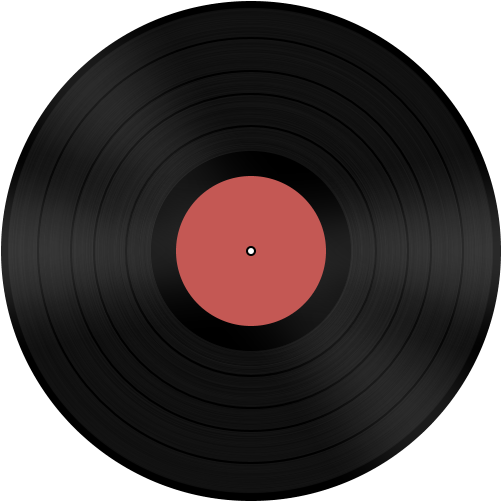#Burnout ...moi ou est-ce le monde qui est en Burnout ?
Consommer jusqu'à se consumer? C'est indigeste, ça donne la nausée.
Se poser et reprendre le temps, celui du vivant.
Apaiser le feu intérieur en s'abreuvant de simples moments nourrissants.
Laissez-nous vivre.
#photography #streetphotography #naturephotography #nature #bruxellesnature
#birds #oiseaux #animals #city
#time #simplicity #live #philosophy #politics #love #beauty #business #free #resist #resilience


